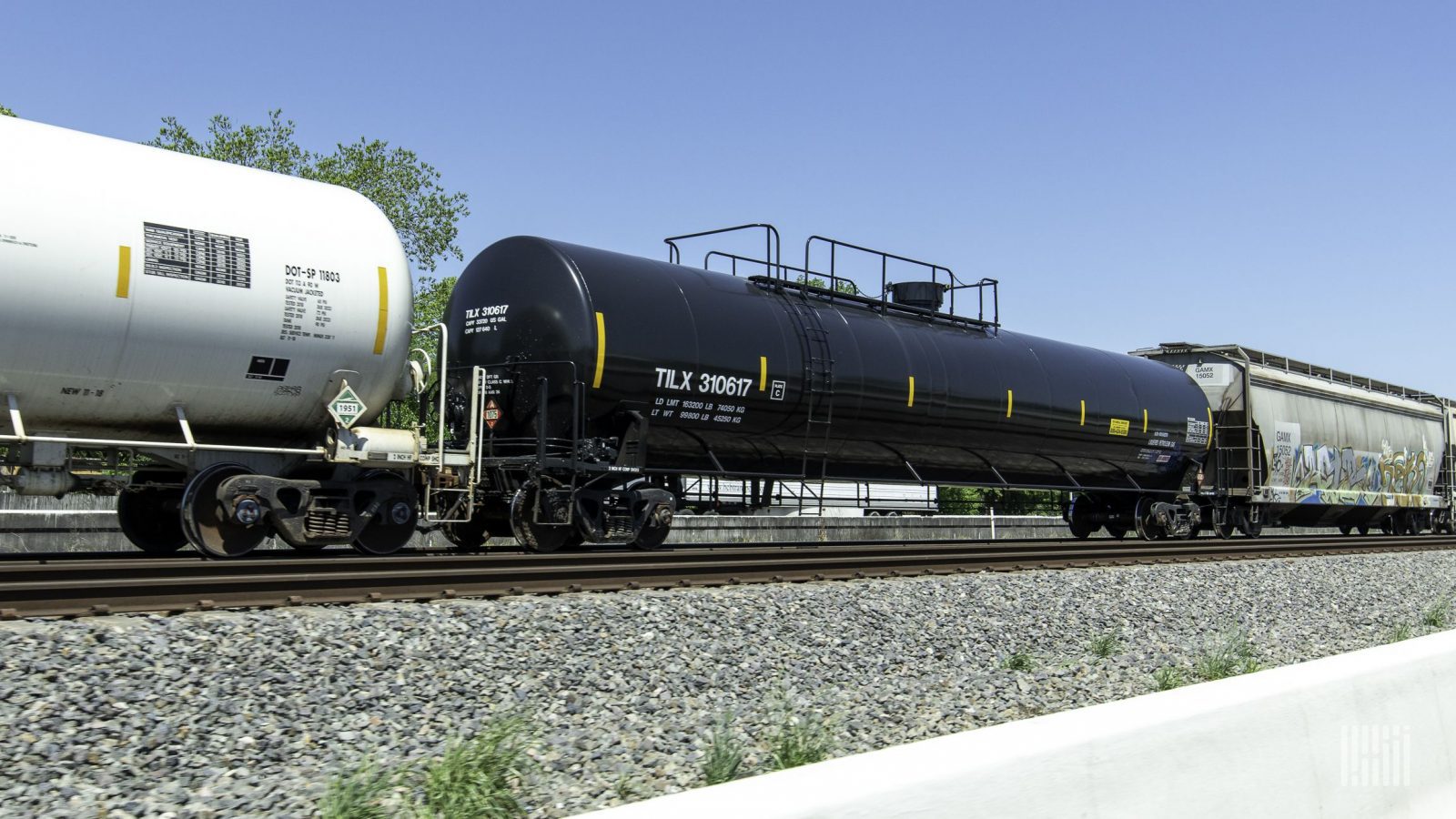Executives with railcar lessor and manufacturer Trinity Industries were upbeat about the second half of 2022 despite lingering rail service issues and the Class I railroads’ challenge of hiring more employees to improve network capacity.
“We’re hearing from our shipper customers that there are more originations available than industry data would suggest,” Trinity President and CEO Jean Savage told investors during Trinity’s second-quarter 2022 earnings call earlier this week. “The railroads have not been able to meet all of that demand this year. We need the North American freight rail network to normalize to support the current flow of goods presently, and make rail a compelling mode of transportation in the future.”
Savage noted that the railroads have been seeking to curtail the number of railcars on their lines as a means to restore service and that the national number of railcars in storage ticked up slightly in June and July. While these might look like headwinds for railcar lessors, they reflect the short-term efforts by freight railroads to improve rail service.
By improving rail service, railroad lessors will ultimately benefit, Savage said.
Trinity (NYSE: TRN) saw lease rate and utilization improvements for its freight cars in the second quarter, and it delivered increased volumes of high-margin freight cars in the quarter.
Railcar orders in the second quarter were 4,335, down 5% year over year, while deliveries grew 42% to 2,510 freight cars. Lease fleet utilization was 97.2%, compared with 94.3% for the second quarter of 2021 and 96.5% for the first quarter of 2022.
“It still is a freight car-driven market or recovery for this year. We are starting to see some signs in some specific markets with the tanks [tank cars], but it’s still not widespread,” Savage said. “There’s still a lot of tank cars in storage that need to come out and go back to work.”
“We see a future where digital logistics platforms … work together to deliver rail shippers a clearer view of their supply chain, enabling them to make better, faster decisions in this changing global economy,” Savage said.
Trinity’s net income for the second quarter of 2022 was $11.7 million, or 14¢ per adjusted diluted share, compared with $5.1 million, or 8¢ per adjusted diluted share, for the second quarter of 2021.
Revenue grew 42% to $416.8 million amid higher external deliveries for Trinity’s rail products group.
Operating profit rose 26% to $73 million on higher lease portfolio sales activity and improved operating performance in Trinity’s leasing group. That gain was partially offset by deliveries of orders taken at the bottom of the cycle in the rail products group, Trinity said.






